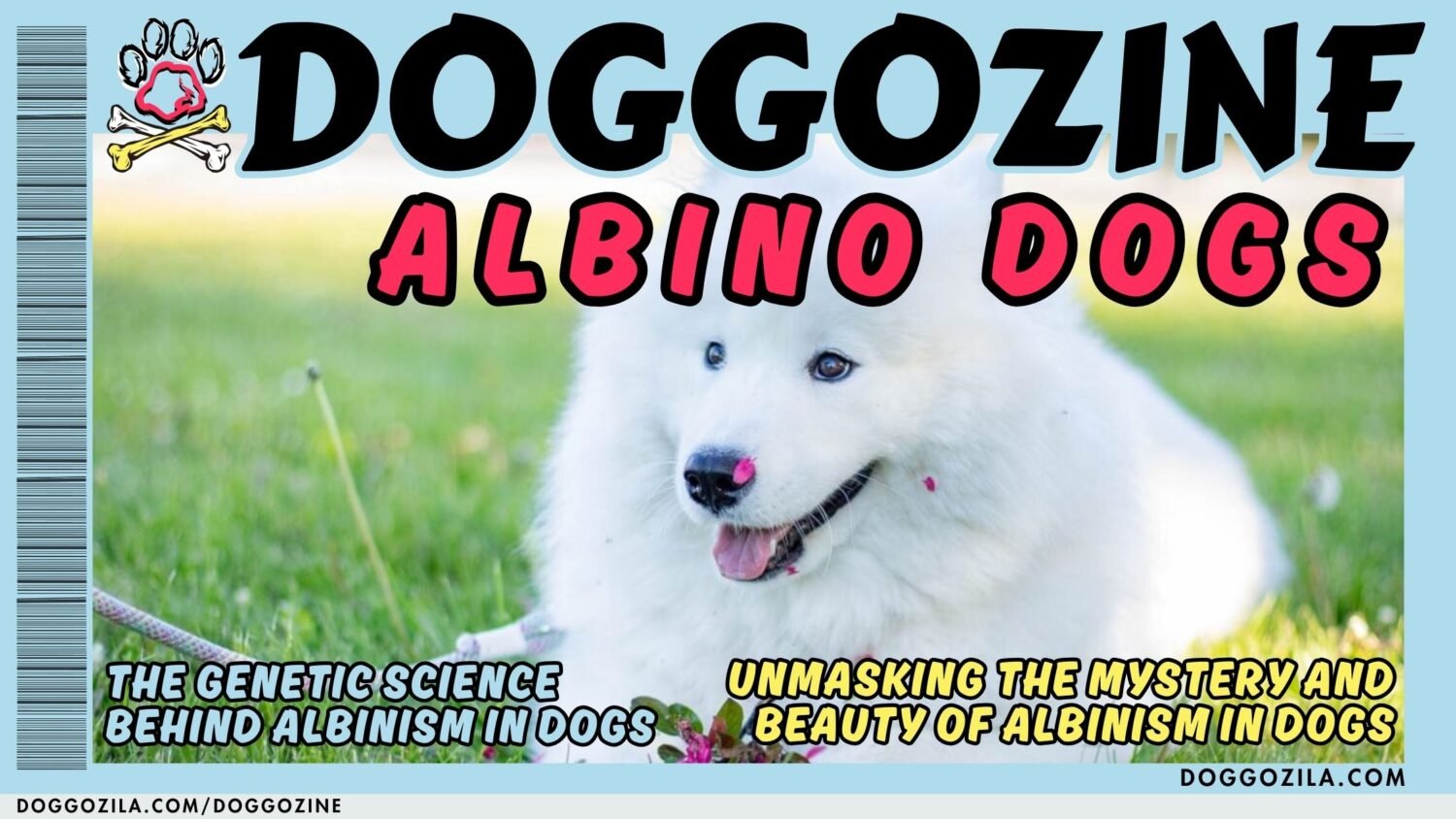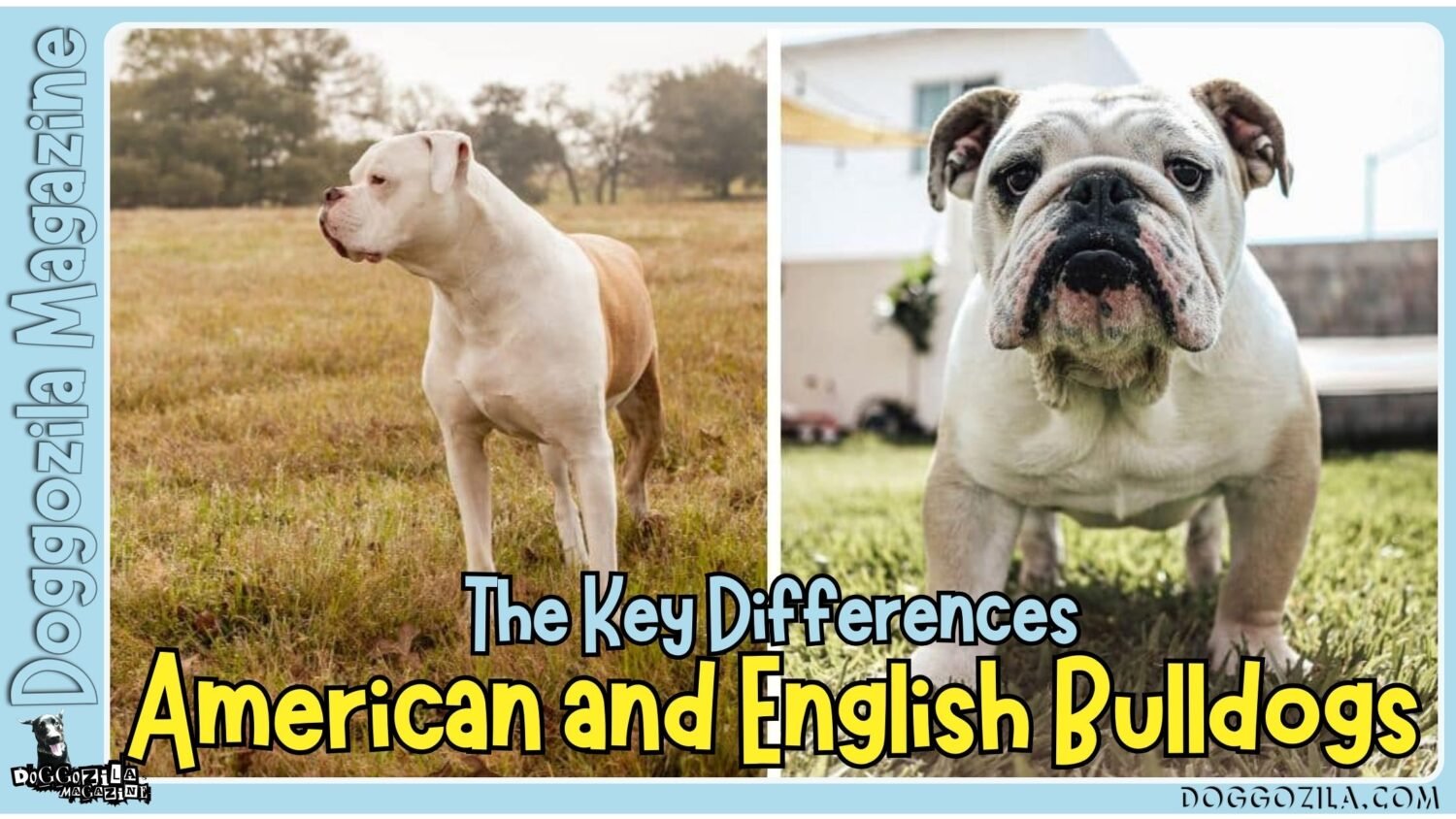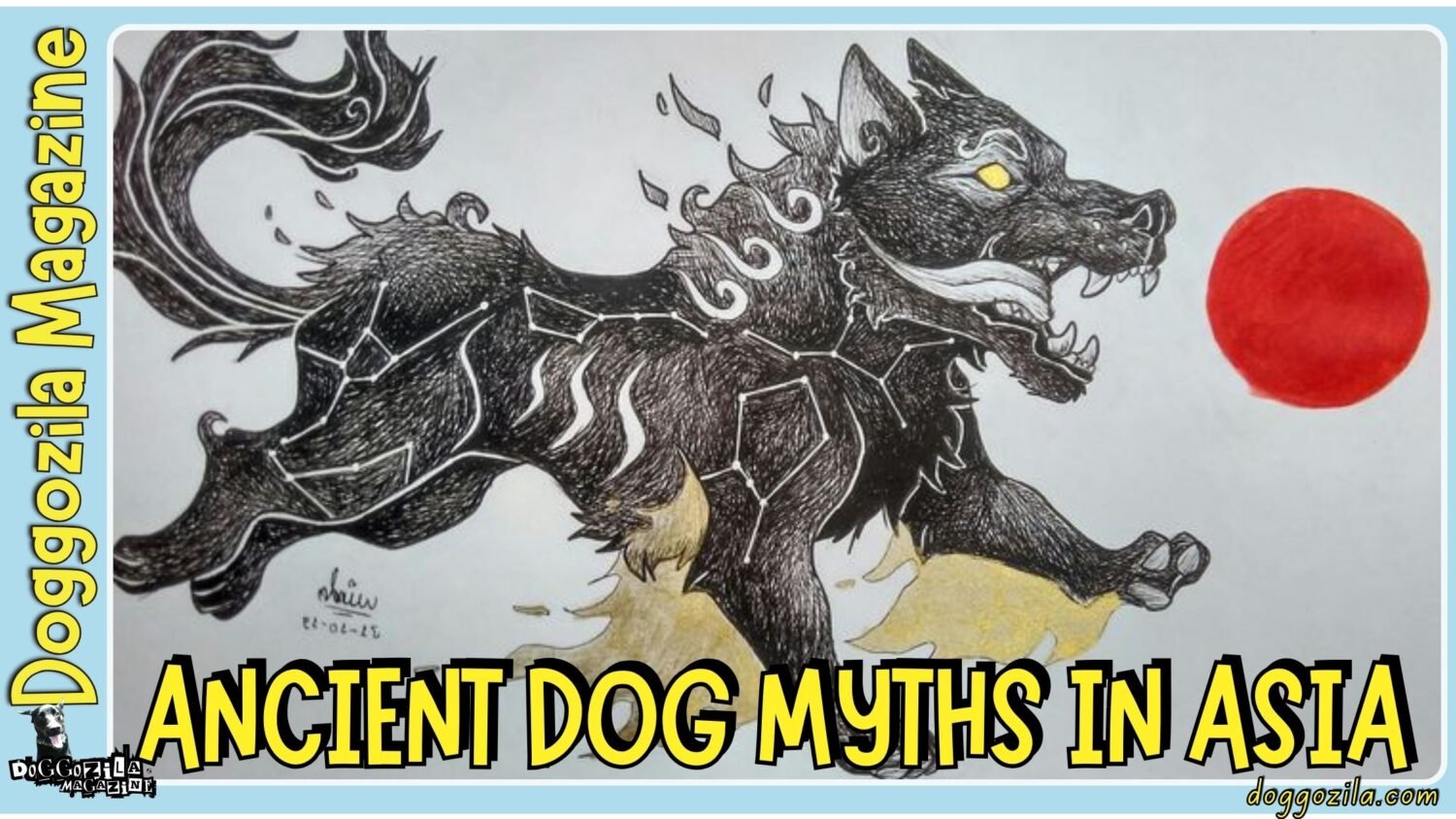As a dog owners, we have spent countless hours talking with our dogs. We would chat, and they would respond with a tail wag or a head tilt. This daily ritual can made us wonder, can dogs truly talk? Well, we know that they will never recite Shakespeare. However, dogs possess a sophisticated communication system.
The question of whether dogs can talk is not about spoken language. It is really about shared understanding. Our canine companions communicate through a complex mix of vocalizations and body language. They also use intentional behaviors designed to get our attention. Learning their unique language transforms your relationship. Furthermore, it creates a deeper bond and minimizes misunderstandings.
In this article, we will explore the fascinating science behind dog communication. We will decode what different barks mean. We will also interpret tail wags and ear positions. Finally, we will examine how technology bridges the communication gap between species. Prepare to see your dog’s behavior in a whole new light. You will also discover the real answer to can dogs talk.
„Forget Hollywood, your dog has been talking to you all along, using a secret language of barks, wags, and whines.“

UNDERSTANDING DOG COMMUNICATION: MORE THAN JUST BARKS
When we ask can dogs talk, we must first expand our definition of conversation. Dogs absolutely communicate. However, they rely on a rich tapestry of signals beyond words. Their primary methods include vocalizations like barks and whines and growls. They also use extensive body language. This includes tail position and ear movement and eye contact and overall posture.
Researchers have identified that dogs developed these skills through their long partnership with humans. Unlike wolves, dogs communicate more with vocalizations. Wolves mainly use body language. This adaptation shows how deeply our species have co-evolved. Humans simply respond well to vocal cues.
Dogs possess a remarkable ability to read human communication cues. They can follow pointing gestures. They understand human body language. They even respond to the direction of our gaze. This two-way street of understanding is key. So, the phrase can dogs talk might need re-framing. However, meaningful cross-species conversation definitely occurs every day.
What Science Tells Us About Whether Dogs Can Talk?
Numerous scientific studies have explored the cognitive abilities behind dog communication. For instance, research using functional MRI scans shows that dogs process human words and intonation like humans. They use both the left and right hemispheres. This neurological evidence suggests dogs understand more than we think.
One groundbreaking study found a Border Collie named Rico could learn over 200 words. He learned through fast mapping. This process was once thought unique to human children. This demonstrated a remarkable capacity for vocabulary in some dogs. However, this ability varies significantly between individuals.
Meanwhile, research into dog vocalizations reveals that humans can identify a dog’s emotion from its bark. People are accurate about 60% of the time. This suggests barks are not words. Still, they do carry specific and decipherable meaning. The scientific consensus is clear. Dogs do not speak human languages. However, they communicate effectively in their own way.
The Language Of Barks: Decoding What Different Sounds Mean
Dogs bark for numerous reasons. Understanding these variations helps answer can dogs talk more fully. For example, alert barks tend to be sharp and loud and repetitive. Play barks are often higher pitched and come with a play bow. Conversely, lonely barking typically has a monotonous and persistent quality.
The pitch and frequency of barks also convey important information. Generally, higher pitched sounds indicate excitement or uncertainty. Lower pitched vocalizations suggest threats or aggression. The duration between barks matters too. Rapid fire barking often signals urgency. Meanwhile, slower intervals may indicate contemplation.
Interestingly, research shows that dogs have developed a directed bark just for human communication. When dogs want something from people, they produce a different bark. They do not use this bark during dog to dog interactions. This adaptation proves they evolved to interact with us.
How Dogs Can Talk With Body Language?
While vocalizations get attention, body language represents most dog communication. A dog’s posture and tail carriage and ear position and eye contact all convey specific meanings. Other dogs and observant humans can understand these signals. Learning this visual language is essential for anyone wondering can dogs talk through non verbal means.
For example, a wagging tail does not automatically mean happiness. The height and speed and direction of the wag all convey different emotions. A high and stiff wag can indicate arousal or potential aggression. Meanwhile, a low and sweeping wag often signals friendliness. A tail tucked between the legs shows fear or submission.
Facial expressions provide another rich communication channel. Whale eye or showing the whites of the eyes in dogs is one signal. Lip licking and yawning and ear positioning also convey emotional states. By reading these subtle signals together, we can better understand what our dogs say.
🔑 Key Points: Dogs absolutely “talk,” but not with words; they use a complex mix of vocalizations, body language, and behaviors.
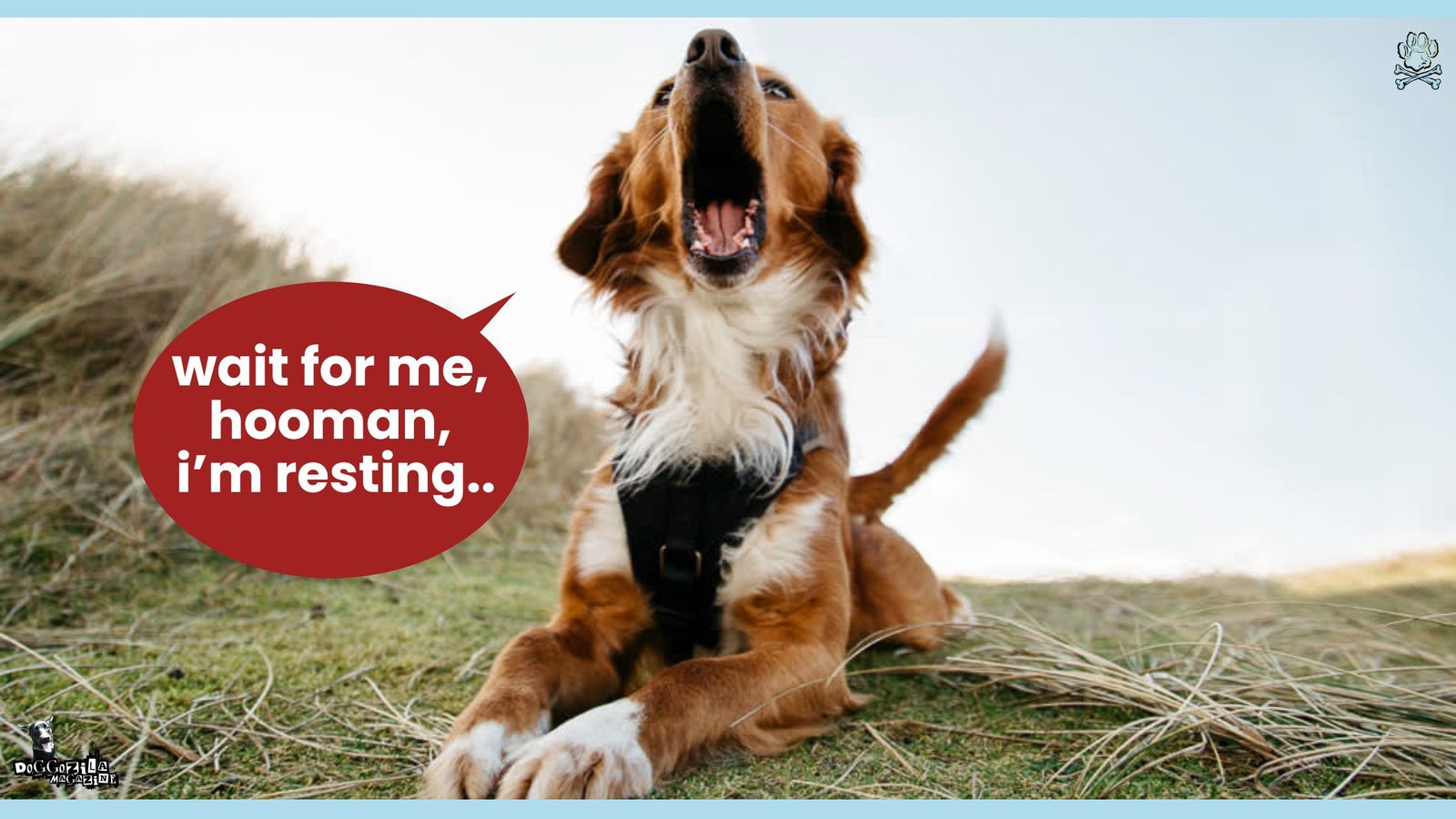
THE HUMAN-DOG BOND: A UNIQUE COMMUNICATION PARTNERSHIP
The relationship between humans and dogs is a successful cross species partnership. This bond is built largely on our ability to communicate with each other. It has evolved over thousands of years. Both species developed specialized skills to understand each other better. This unique connection fundamentally shapes how we interpret can dogs talk.
Studies show that dogs look to human faces for social information. They do this in ways that even chimpanzees do not. Dogs seek eye contact with humans. They follow our pointing gestures. They check in with us in uncertain situations. Researchers call these behaviors audience effects. These actions demonstrate their social connection to us.
This communication partnership works both ways. Humans have become remarkably skilled at interpreting dog communication. Most owners can distinguish their dog’s need to go out bark from their someone’s at the door bark. This demonstrates that two-way communication occurs naturally through daily life.
How Dogs Understand Human Language?
When considering can dogs talk, it is equally important to ask how well dogs understand us. Research confirms that dogs comprehend human language through both vocabulary and tone. The average dog understands about 165 words. Exceptional dogs can learn 250 or more. However, they are even more attuned to our emotional tone and body language.
The famous case of Chaser the Border Collie demonstrated the upper limits. She learned over 1,000 words. Most dogs learn words directly relevant to their lives. These include walk and treat and ball and family names. They also pick up phrases through pattern recognition and association.
Interestingly, dogs process human speech similarly to humans. They use the left hemisphere for words and the right for intonation. This means when you praise your dog in a happy voice, both parts register. But if you say good dog in a neutral tone, they notice the mismatch. This shows their sophisticated processing abilities.
Oxytocin: The Bonding Hormone That Facilitates Communication
The love hormone oxytocin plays a crucial role in human-dog communication. It creates a biological foundation for our connection. When dogs and humans interact positively, both experience increased oxytocin levels. This happens during petting or playing or even just gazing. This strengthens their bond and facilitates better understanding.
Research from Japan found that a long gaze between dog and owner raises oxytocin. This is similar to the bond between human mothers and infants. This hormonal feedback loop encourages continued positive interaction. Essentially, it creates a biological basis for our cross species relationship.
This oxytocin connection may explain why service dogs and therapy dogs seem to anticipate human needs. The strong emotional bond potentially creates heightened sensitivity to subtle cues. This demonstrates that emotional connection and communication ability are deeply intertwined.
The Pointing Gesture Breakthrough In Dog Cognition
One remarkable demonstration of dog’s understanding involves pointing. While this seems simple to us, most animals struggle with it. Dogs, however, excel at following pointing gestures to find hidden food or toys. This ability develops early in puppies. It also appears to be enhanced by domestication.
In studies, dogs outperformed wolves on pointing tasks. This was true even when wolves were raised by humans. This suggests that domestication selected dogs for reading human signals.
The practical implication is that we can use pointing to communicate better. We can use it in training and everyday life. This shared understanding represents a fundamental building block. It provides a simple yet powerful tool for cross species conversation.
How Dogs Can Talk With Humans vs. Other Dogs
| Communication Method | With Humans | With Other Dogs |
| Vocalizations | More barking, varied tones | More growls, whines, fewer barks |
| Eye Contact | Seeking information, bonding | Challenge or threat (mostly avoided) |
| Body Posture | More frontal approaches, leaning | More circular approaches, careful positioning |
| Tail Wagging | More frequent, often right-sided bias | Context-specific, position indicates mood |
| Physical Contact | Seeking petting, leaning | Play bows, nudging, mounting |
🔑 Key Points: Our unique partnership with dogs is built on a two-way communication street, strengthened by thousands of years of co-evolution.

TALKING BUTTONS AND CANINE AAC: EXPANDING HOW DOGS CAN TALK
Recent technological innovations have created new ways to explore can dogs talk. Augmentative communication devices like sound producing buttons have enabled some dogs to speak. They use previously recorded words. While controversial, these tools offer fascinating insights into dog cognitive abilities.
The concept gained popularity through Bunny, a Sheepadoodle on TikTok. Her videos show her using dozens of buttons. She seemingly expresses thoughts and desires and even emotions. Bunny presses buttons for words like outside and play and mad. Sometimes she combines them into phrases like outside now.
Researchers are studying this phenomenon through projects like TheyCanTalk. They coordinate data from thousands of button using dogs. Early findings suggest some dogs can associate buttons with outcomes. However, whether they understand symbolic representation remains debated. These devices undoubtedly provide enrichment regardless.
How Talking Buttons Work And What They Reveal?
Talking button systems typically have recordable buttons on mats. Each button has a specific word like walk or play or water. Dogs learn to press these buttons to communicate their needs. Some advanced users appear to combine buttons to form simple sentences.
The learning process follows basic conditioning principles. Dogs discover that pressing a button leads to a predictable outcome. With repetition, they learn to use buttons intentionally. The more interesting question is whether they understand the symbols. Do they see it as more than a simple action and outcome?
What is clear is that these systems give dogs a way to initiate communication. This reverses the typical dynamic where humans cue dogs. This shift provides valuable insight into what dogs want to communicate. It expands our understanding of their inner worlds.
Success Stories: Dogs Who Have Mastered Button Communication
Despite skepticism, numerous compelling examples exist. Some dogs develop sophisticated button communication skills. For instance, Bunny the Sheepadoodle combined buttons to say ouch paw. Then she showed her human her injured foot. This suggests an ability to communicate physical discomfort specifically.
Another notable example is Stella, a Catahoula mix. Her human, Christina Hunger, is a speech language pathologist. Stella has used buttons to make observations. She said look combined with ball when noticing a ball outside. She even seemed to express emotions by saying good after a walk.
These cases do not prove dogs understand language like humans. However, they do demonstrate that some dogs can use symbolic systems. They can express their needs and observations and possibly emotions. The variation in ability also highlights the importance of individual temperament.
Limitations And Realistic Expectations For Button Communication
While exciting, button communication systems have important limitations. Dogs do not naturally understand that buttons represent words. This association must be carefully taught through consistent modeling. Even then, success varies significantly between individuals. Some dogs show little interest.
The Clever Hans effect represents another concern. This is when animals unconsciously pick up on subtle handler cues. This can make them appear to understand more than they do. Researchers address this with controlled tests where the human does not know the correct button.
For most owners, the greatest benefit may not be a talking dog. Instead, it is the enriched communication environment they create. The process of teaching buttons encourages owners to pay closer attention. It makes them think more deliberately about communicating with their pets.
🔑 Key Points: Technology like talking buttons provides dogs with a new way to initiate communication, offering a window into their thoughts and needs.

BREED DIFFERENCES: HOW COMMUNICATION STYLES ANSWER CAN DOGS TALK?
Anyone with multiple dog breeds knows they communicate differently. This affects how we interpret can dogs talk. Breeding for specific traits created distinct communication styles. Some breeds are naturally more vocal. Others rely heavily on body language.
Highly vocal breeds like Siberian Huskies and Beagles use a wide range of sounds. These talkative breeds often answer back when spoken to. Meanwhile, breeds like Basenjis rarely bark. They communicate through other sounds like unique baroos.
On the other end, many guarding breeds like Great Pyrenees are less expressive vocally. However, they use body language deliberately. Herding breeds often communicate through intense staring and subtle movements. Understanding these tendencies helps set realistic expectations.
The Most Talkative Dog Breeds And What They’re Saying?
Some dog breeds have reputations as canine chatterboxes. Siberian Huskies are famous for their talking. They rarely bark. Instead, they produce woo woos and howls and grumbles. Owners often interpret this as conversation. This likely stems from their pack hunting heritage.
Beagles and other hounds communicate through distinctive baying and howling. These sounds carried well during hunting. These breeds tend to be highly vocal when following scents. Meanwhile, Terriers often develop a repertoire of grumbles and grunts. These seem surprisingly expressive to their owners.
Toy breeds like Chihuahuas often use barking as an alert system. They also bark to get attention. Their vocal nature may stem from their historical role as companions. Understanding these breed specific tendencies helps owners interpret what their dogs say.
How Working Breeds Have Specialized Communication Styles?
Working breeds have specialized communication styles from their historical jobs. Herding breeds like Border Collies use intense eye contact called the eye. They also use specific stances to control livestock. They sometimes direct these behaviors toward their human families. This makes them seem particularly communicative.
Guardian breeds like German Shepherds use their physical presence and deep vocalizations as deterrents. They may be selectively vocal. They are quiet most of the time but bark impressively for alerts. Their communication style tends to be more deliberate and purposeful.
Sled dogs like Siberian Huskies have complex vocal communication for their teams. These breeds tend to howl rather than bark. They often talk back when spoken to. This creates the impression of actual conversation with their humans.
The Quiet Communicators: Breeds That Speak Less But Say More
While some breeds are famously vocal, others communicate through subtle body language. Basenjis are often called barkless dogs. They produce unique vocalizations called baroos instead of barks. So, they are far from silent. They express themselves through different sounds and elegant body language.
Sighthounds like Greyhounds tend to be reserved communicators. They use minimal vocalization. However, they speak volumes through their posture and eye contact. These gentle dogs often communicate needs through subtle signals. They might stand by the door or gently nudge a hand. This requires observant owners.
Many giant breeds like Great Danes are surprisingly quiet despite their size. They use their substantial presence rather than frequent barking to communicate. Their calm demeanor means when they do vocalize, owners pay close attention. They understand that the communication is significant.
🔑 Key Points: A dog’s breed influences its communication style, with some being naturally vocal “chatterboxes” and others being quiet, subtle communicators.
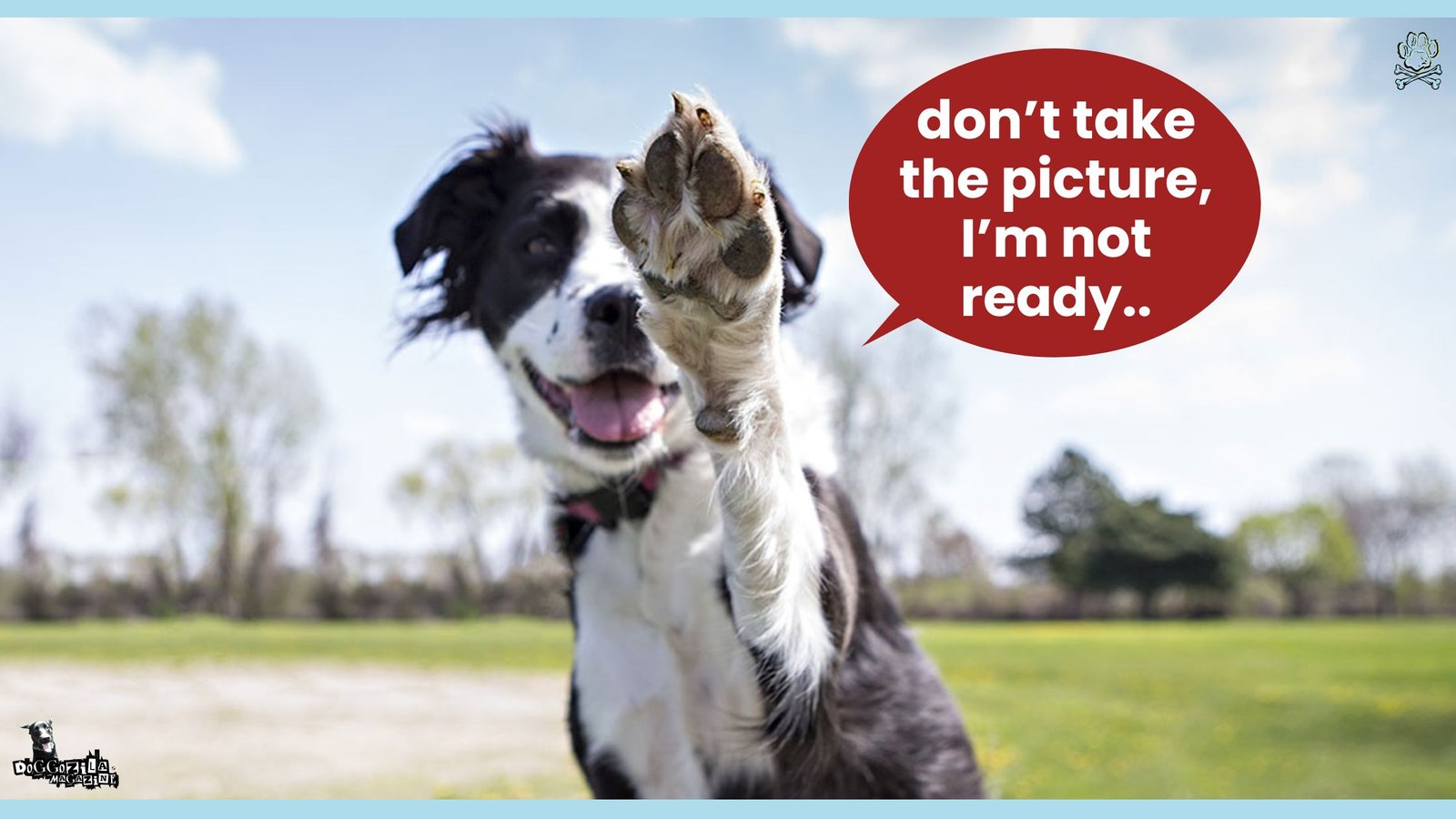
DEVELOP BILINGUAL SKILLS: HOW TO UNDERSTAND WHAT YOUR DOG IS SAYING?
Becoming fluent in dog language requires conscious effort. However, it dramatically improves your relationship. The first step is paying closer attention to your dog’s communication attempts. Remember, your dog already understands far more of your communication than you do of theirs.
Start by learning to read dog body language in combination. Do not look at signals in isolation. For example, a wagging tail means something different with stiff posture versus a relaxed body. Similarly, a yawn can mean tiredness. However, in stressful situations, it more often indicates anxiety.
Keep a communication journal. Note your dog’s different vocalizations and physical signals. Write down the contexts in which they occur. Over time, patterns will emerge. This helps you decode what your dog says in different situations. This practice improves your understanding and deepens your bond.
Reading The Whole Body: From Whiskers To Tail
Effective dog communication reading requires observing the entire body simultaneously. Start with the tail. Note its position and speed of movement and whether it is stiff or loose. Remember, a wagging tail indicates arousal. This could be positive or negative.
Next, observe the ears. Forward ears show interest. Flattened dog ears indicate fear or submission. The eyes provide another important clue. Direct staring can be a challenge. Soft eyes with relaxed lids show contentment. Whale eye often signals anxiety.
Do not overlook the mouth. A relaxed and slightly open mouth suggests contentment. A tightly closed mouth may indicate tension. Lip licking when not hungry is a potential stress signal. So is yawning when not tired and panting when not hot. By reading all these elements together, you get a clearer picture.
Context Is Key: Understanding What Your Dog Is Communicating When
The same dog behavior can mean different things in different contexts. This is essential for accurately answering can dogs talk in practical terms. A bark at the window likely means something different than a bark during play. It also differs from a bark when you prepare dinner. The context provides crucial information for interpretation.
For example, a dog might paw at you for various reasons. Maybe they might want attention. They might need to go outside. Even they could be expressing anxiety. By noting what happens before and after the behavior, you can determine the motivation. Similarly, a growl during play differs from a growl near their food bowl.
Keep a simple log of your dog’s communications. Note the circumstances. Include the time and location and what was happening and who was present. Also note what happened immediately afterward. After several weeks, review your notes for patterns. These reveal your dog’s specific communication style.
You Can Teach Your Dogs To Talk More Clearly
While dogs communicate naturally, you can shape their communication. Make it more clear and understandable. Capture wanted communication by rewarding subtle signals you appreciate. If your dog sits quietly for attention instead of jumping, immediately reinforce that behavior.
You can also teach specific replacement behaviors for problematic communication. If your dog barks excessively to go outside, teach them to ring a bell instead. If they jump when excited, teach them to sit for greetings. These alternative behaviors are often easier for humans to notice and interpret correctly.
Model clear communication yourself. Use consistent cues and reward your dog’s attempts to understand you. The more predictable and clear you are, the more your dog will learn to be predictable and clear in return. This mutual understanding represents the true essence of answering can dogs talk.
🔑 Key Points: You can learn your dog’s language by reading their whole body and understanding the context of their signals.

THE FUTURE OF DOG COMMUNICATION: WHERE RESEARCH IS TAKING US?
The question can dogs talk continues to drive exciting scientific research. Current studies explore everything from grammar understanding to human gesture comprehension. Each discovery reveals new dimensions of the dog mind.
Technology plays an increasingly important role in this research. Functional MRI studies let scientists observe brain activity during speech processing. Eye tracking technology shows where dogs focus their attention. These tools provide objective data about how dogs process communication.
Meanwhile, citizen science projects like Dognition collect data from thousands of pet dogs worldwide. This provides insights impossible to gather in labs alone. This collaborative approach between scientists and dog owners is accelerating our understanding.
Emerging Technologies That Can Help Dogs to Talk
Beyond button systems, several emerging technologies show promise. They could enhance human canine communication. Researchers are developing AI systems to interpret dog vocalizations. These systems analyze acoustic features of barks and whines to identify patterns.
Wearable dog technology represents another frontier. Devices can monitor physiological signals like heart rate variability. Then they translate them into information about a dog’s emotional state. This is not communication in the traditional sense. However, it could help humans understand when their dogs are stressed.
Virtual reality experiments are also providing new insights. They let researchers create controlled environments. There, they can test how dogs respond to specific visual and auditory cues. These digital environments help isolate real world variables.
What We Might Discover Next About Whether Dogs Can Talk?
Future research will likely focus on several key questions about dog communication. Scientists are particularly interested in whether dogs understand intentionality. Do they know that humans have thoughts and knowledge that differ from their own? This understanding of theory of mind would be a significant cognitive achievement.
Another area involves whether dogs understand communication as referential. This means understanding that words or signals can represent objects or actions outside the immediate context. Button communication research is particularly relevant here. It tests if dogs understand symbols can reference absent things.
Researchers are also exploring the emotional complexity of dog communication. Do dogs experience and communicate complex emotions like jealousy or guilt or empathy? Popular interpretations often say yes. However, scientific evidence remains mixed. This makes it a rich area for future investigation.
How This Research Improves Dog Welfare And Understanding?
The practical applications of communication research extend far beyond curiosity. Better understanding leads to improved welfare through several pathways. First, it helps owners recognize subtle signs of stress or fear earlier. This allows intervention before problems escalate.
This research also informs training methods. It moves us toward communication based approaches. These emphasize mutual understanding rather than compulsion. By understanding how dogs naturally communicate and learn, we can develop better training techniques.
Perhaps most importantly, this research fosters greater empathy between humans and dogs. When we appreciate the complexity of dog communication, we view our dogs as sentient beings with their own perspectives. This ultimately leads to more compassionate care.
The Research Into Whether Dogs Can Talk: How AI Is Decoding The Dog Barks?
Researchers now use artificial intelligence to explore the question can dogs talk. This technology analyzes vast amounts of dog vocalizations. It looks for patterns that our human ears simply miss. Consequently, scientists are building a new understanding of dog communication. This research could one day translate barks and whines into meaningful information for us.
Major studies are underway at universities globally. For instance, a team in Hungary records thousands of dog sounds. They then feed these barks and growls into smart algorithms. The AI must sort the sounds by context and emotion. Early results are promising. The AI can already identify specific situations like a dog wanting to play. This research provides strong data for the debate on can dogs talk.
The Future Of AI Dog Translators: How Machine Learning Translates Dog Talk?
The process begins with audio data collection. Scientists gather barks from many different dogs in controlled settings. Next, the AI software analyzes the acoustic features of each sound. It examines pitch and duration and frequency. The system then matches these sound patterns to the dog’s observable behavior.
Finally, the algorithm learns to predict a bark’s meaning in new recordings. This method offers an objective way to ask can dogs talk. This technology could lead to practical applications for pet owners. Imagine an app that tells you what your dog’s bark means.
Furthermore, it could greatly improve animal welfare. For example, we could identify signs of pain or anxiety much earlier. However, researchers caution that a full conversation is not the goal. Instead, they want to build a basic dictionary of sounds. Ultimately, this work brings us closer to answering can dogs talk in a whole new way.
🔑 Key Points: Ongoing research and emerging technology continue to reveal new depths of how dogs communicate and understand us.

LIVING WITH DOGS THAT CAN TALK: EMBRACE YOUR CANINE CONVERSATIONALIST
After exploring the science, the answer to can dogs talk becomes more profound. Dogs may not speak human languages. However, they absolutely communicate with us constantly. They use barks and body language and shared understanding. Learning their language transforms coexistence into true conversation.
The most successful human-dog relationships embrace this two way communication. Both parties learn to understand each other better over time. This does not require sophisticated technology. It simply requires paying closer attention to your dog’s communication attempts. Then you must respond consistently.
Remember that communication is a skill that improves with practice for both species. The more you work at understanding your dog, the better they will become at communicating with you. This virtuous cycle creates the deep and fulfilling bond that dog owners cherish.
Creating A Communication Rich Environment
Fostering better communication begins with the right environment. Ensure your dog has easy ways to communicate basic needs. This might mean placing bells by the door for potty signals. It also means keeping their water bowl in a consistent location. Predictability helps reduce anxiety and miscommunication.
Dedicate regular time for communication practice. Do this through training sessions or play or quiet companionship. During these times, focus entirely on your dog. Observe their signals and respond appropriately. This quality attention strengthens your bond and improves mutual understanding.
Introduce communication tools that work for both of you. This could be a button system or hand signals or specific verbal cues. Consistency is key. Once you establish a system, use it regularly. Then your dog learns to rely on it. The goal is creating shared reference points for clearer understanding.
Celebrating Your Unique Communication Style
Every human dog pair develops a unique communication style. This is based on personality and history and shared experiences. Do not compare your communication with your dog to online examples. What works for one pair may not work for another. Embrace the unique ways you and your dog understand each other.
Pay attention to the communication moments that feel particularly successful. Try to understand why they worked. Was your body language especially clear? Did your dog pick up on a subtle cue? Analyzing these successes helps you recreate them more consistently.
Most importantly, be patient with yourself and your dog as you learn. Miscommunications will happen. Your dog will misinterpret your signals. You will misunderstand their attempts. Approach these moments with curiosity rather than frustration. View them as learning opportunities.
The Ongoing Conversation: Growing Together Through Communication
The conversation between you and your dog continues throughout your lives together. It constantly evolves as you both change and grow. Puppies communicate differently than adult dogs. Senior dogs have their own patterns related to aging. Remaining attentive to these changes ensures your communication stays effective.
Continue educating yourself about dog communication. Read current research. Observe dogs in various contexts. Participate in training classes that emphasize mutual understanding. The more you learn about dog communication in general, the better you will understand your specific dog’s unique style.
Ultimately, the question can dogs talk becomes less important than the daily practice of communication. This practice forms your relationship’s foundation. Whether through words or gestures or simple presence, the conversation between humans and dogs enriches both species beyond measure.
🔑 Key Points: The goal isn’t a dog that speaks English, but a deep, two-way bond built on mutual understanding and consistent communication.

FREQUENTLY ASKED QUESTIONS ABOUT HOW DOGS CAN TALK
Many people wonder, can dogs talk in a way we can truly understand? This FAQ section addresses the most common questions about dog communication. We will explore how dogs use their own language of barks and body signals. You will also learn about their ability to comprehend our words and the potential of new technologies. Ultimately, understanding these methods reveals how dogs can talk with us every single day.
What Is The Role of Dog Body Language and Play?
How Can Dogs Use Vocalizations and Emotions to Talk With Us?
How Dogs Use Scent and Human Connection To Communicate?
Science continues to explore the depth of dog communication. Researchers study brain scans, vocalizations, and emotional responses. Technology may one day translate barks into words. But even now, we know dogs already speak volumes.

So, can dogs talk in the future? Yes, and we may understand them even better. Puppies will always learn from mothers first. Humans will always be part of their social world. The bond will only grow stronger with time.





